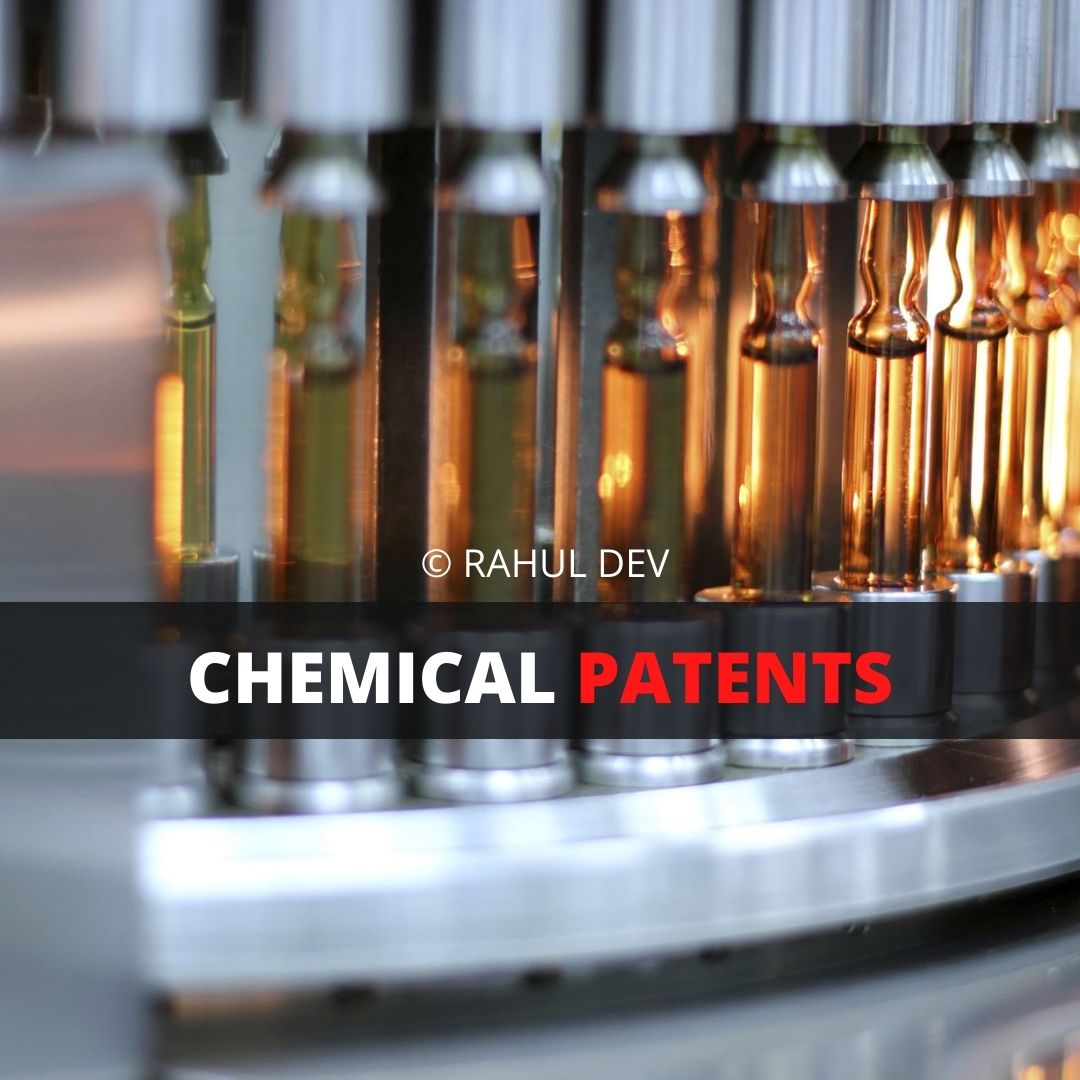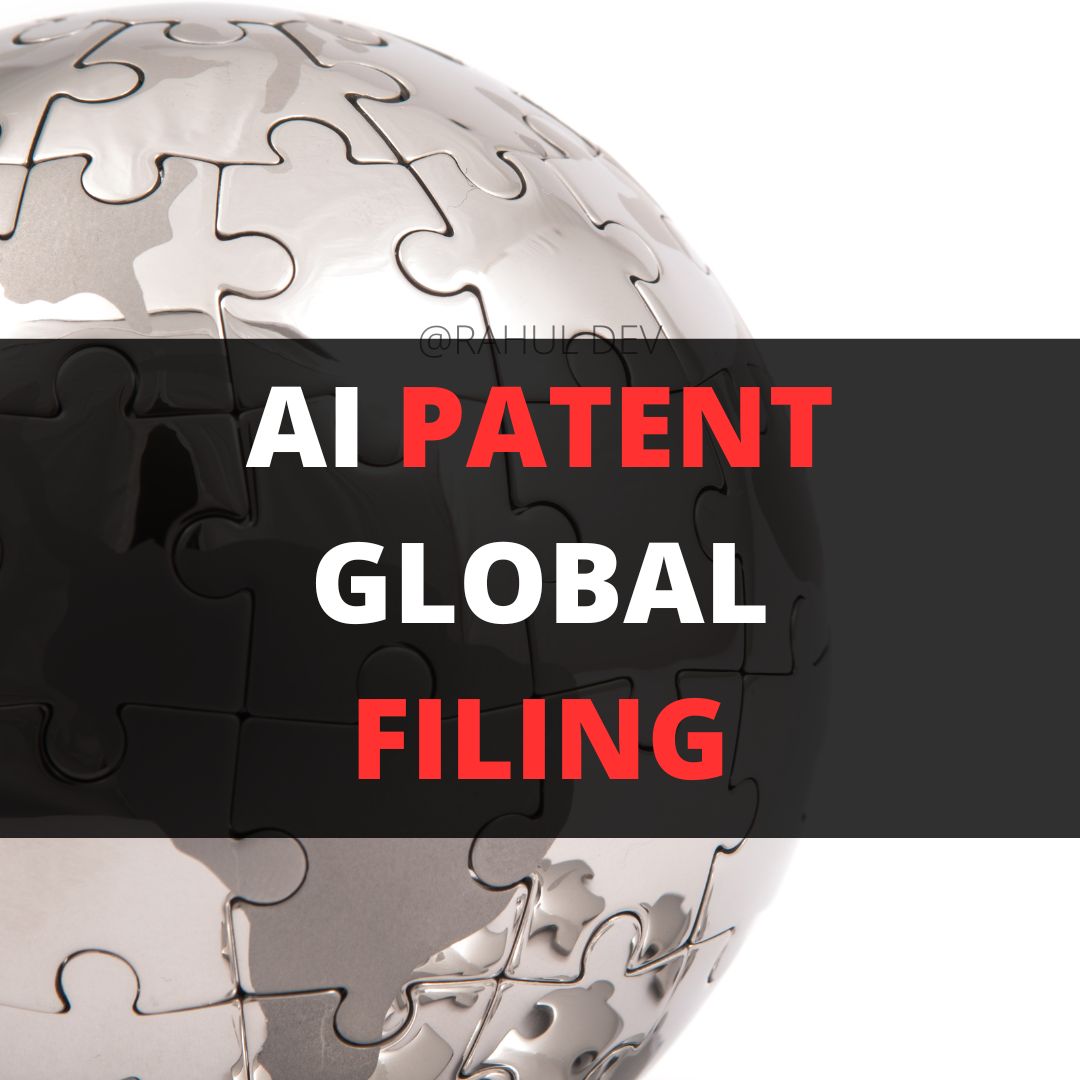Chemical patents – an overview
Since there is a lack of statutory protection to trade secrets, the next best alternative for protecting the inventions in the chemical industry is by way of patents and thus exist the chemical patents.
As per the data released by the Indian Patent Office6, the total number of patents granted during 2016-17 (the last available data from the Ministry) was 9,847 out of which 2,673 patents were granted to applications relating to the Chemical and related fields.
In order to have patent protection, an invention in the chemical industry must demonstrate that, if it is novel, the inventive steps involved and its industrial application/utility.
In addition to the above, the invention must not fall within the exception to Section 3 which lists out the innovations which are not inventions. Another important thing to be mindful of is the provisions of Section 3 (d).
This provision states that the mere discovery of a new form of a known substance, which does not result in the enhancement of the known efficacy of that substance is not an invention and therefore not patentable.
For the purposes of this clause, salts, esters, ethers, polymorphs, metabolites, pure form, particle size, isomers, mixtures of isomers, complexes, combinations and other derivatives of known substances are to be considered to be the same substances, unless they differ significantly in properties with regard to efficacy.
Therefore, to be patent protected, it is important the chemical invention of a substance demonstrates enhancement of known efficacy.
Selection inventions in chemical patents
As set out above, novelty is an important criteria to be satisfied in case of grant of patents in India. It is possible that a patent application is filed in relation to a compound that is similar in structure to an existing compound with known activity which enjoys patent protection.
It is possible that such a compound while falling within the boundaries of an existing patented compound (and therefore of the same class of compounds) demonstrates efficacy which makes the new compound independently eligible for patent protection.
This is called a selection invention where ‘novelty arises due to the unexpected class effect’.7 The patent protection granted would be called selection patent.
The Indian Patent Act is silent when it comes to selection patents. However, the Novartis (Glivec) case included several observations of the Intellectual Property Appellate Board in relation to selection patents. The Board noted that8:
What we observe is that there is no reference of “selection patent” as such in the Indian patent law i.e. the Act. The patentability of an alleged invention is basically determined by establishment of novelty (anticipation), inventive step and industrial applicability of a product or a process [section2 (1)(j), and 2 (1) (l) of the Act] to the exclusion of inventions which are not patentable listed in section 3 and 4 of the Act. However, in our mind we cannot totally deny that there cannot be any possibility under the Indian law, where the required conditions as above cannot be fulfilled, for the grant of a patent in India where the inventive step is demonstrated by way of an inventive selection.
In this case, IPAB also formulated a test to determine when can an invention be considered to be a selective invention. The components of the test are:
“(1) Whether there is any statement in the specification where the nature of the invention concerns with some kind of selection.
(2) Whether the selection is from a class of substances which is already generally known.
(3) Whether the selected substance is new.
(4) Whether the selection is a result of any research by human intervention and ingenuity opposed to mere verifications.
(5) Whether the selection is unexpected or unpredictable.
(6 ) Whether the selected substance possesses any unexpected and advantageous property. “
From a reading of the above, it is clear that a selective invention in the chemical industry can be eligible for patent protection subject to the satisfaction of the criteria laid down by IPAB.
Conclusion
Chemical industry is a fast growing sector and is a key element in the growth story of India. With a 100% FDI permitted in this sector, one can be positive that the growth in the sector will continue.
In the 12th Five Year Plan, the Government also proposed to set up an autonomous USD 100mn Chemical Innovation Fund in order to provide an impetus to the commercialization efforts for innovations9.
Therefore, patents in the chemical industry are also expected to increase.
Endnotes
1. http://www.makeinindia.com/sector/chemicals
2. Bombay Dyeing & Manufacturing Co. Ltd. v. Mehar Karan Singh, 2010 (112) BOM LR 3759
3. For more details, please see Sahil Taneja and Samridh Bhardwaj,The Viability of Trade Secret Protection, available at
4. https://indiankanoon.org/doc/603848/
5. In India, the terms trade secrets and confidential information is often used interchangeably. As the article by Dr. Mohan Dewan points out : “It can be presumed that all trade secrets are confidential information. However, not all confidential information can be considered as a trade secret.” (http://www.mondaq.com/india/x/735886/Trade+Secrets/Theft+Of+Confidential+Information+And+Trade+Secrets)
6. The Office of the Controller General of Patents, Designs, Trademarks and Geographical Indications India, Annual Report 2016-17 available at http://www.ipindia.nic.in/writereaddata/Portal/IPOAnnualReport/1_94_1_1_79_1_Annual_Report-2016-17_English.pdf
7. Rachel Jones and Jonathan Atkinson, Novelty in chemical and pharmaceutical patents: a concise overview, Future Med. Chem. (2011) 3(3), 253–255 available at
8. Copy of judgment accessed from https://www.casemine.com/judgement/in/5b2c81414a93261f9d353597
9. http://ficci.in/sector/7/Project_docs/Chemical-Petrochemical-sector.pdf







